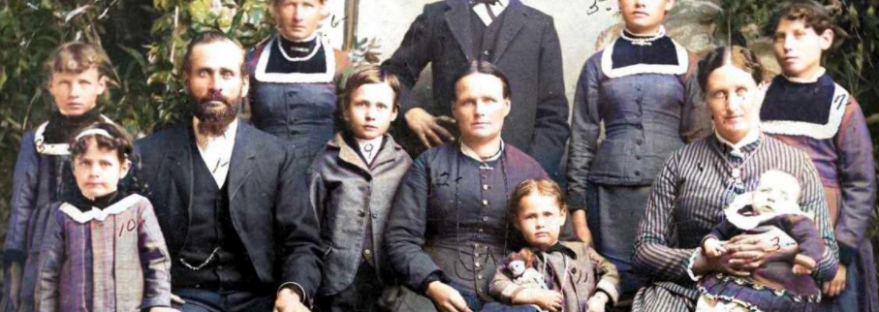Having grown up in Utah, I realize how sheltered I was. Most everyone that lived around us had the same beliefs, spoke the same language, and were economically in the same bracket. At about 12 years old, I traveled to the New York World’s Fair with my parents. We drove for days to get there. It was the first time I remember being so far from home. New York was so exciting and I told my parents that I wanted to move there! New York City was and still is the immigrant gateway to millions of people wanting a better life.
Utah became the 45th state of America in 1896. Both sides of my heritage include individuals who left their homes in Europe and sought refuge in America and particularly in Utah. Many of them crossed the Atlantic Ocean, traveled across the plains with the Mormon pioneers, and settled in small towns in Sanpete or Utah counties. They devoted themselves mainly to living their religion and providing for their families.
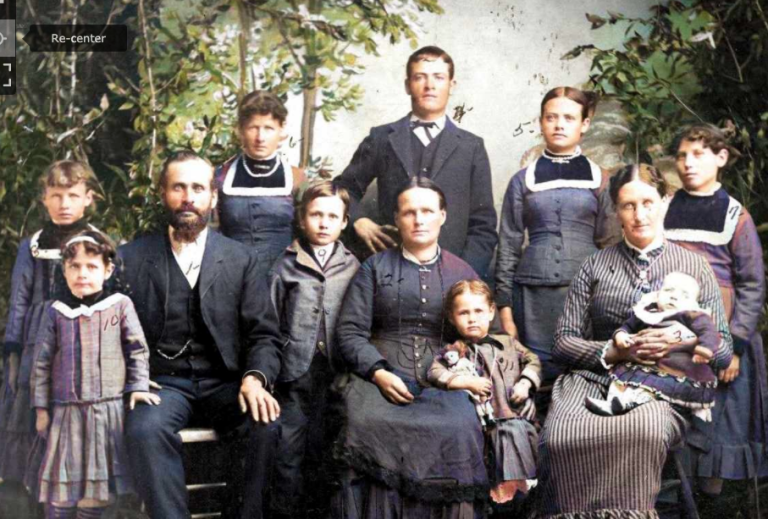
John Anderson of Bailleston, Scotland together with Helena Eleanor Rees of Wales, eventually made their home in Fairview, Utah. John later married Mehitable Cheney Brady and she is the mother of my paternal grandfather, Hugh Cheney Anderson. Mehitable’s father was a translator for the American Indians as well as a doctor and shoemaker.
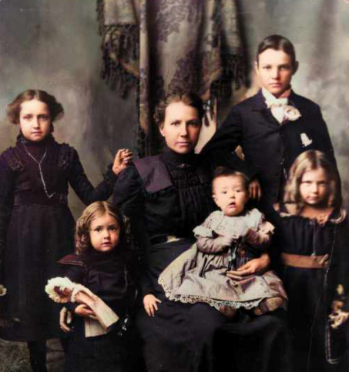
On my mother’s side, Niels Christensen married Christiana Jeppesdatter and they left Denmark and ended up in Moroni, Utah. At about the same time, Niels Thyregod Jeppsen Andersen and Karen Marie Nielsen left Denmark and settled in Moroni, Utah. That is where my maternal grandparents, Harold and Zina Ruth Christensen met.
When I was in junior high, I had a good friend who lived on the Navajo Indian Reservation during the summer months and then he lived with a foster family so he
could attend school. He was very kind. I didn’t realize until then that the land we lived on once belonged to the American Indians. Utah was named after the Ute Tribe of American Indians. Before that it was part of the Union and called Deseret.
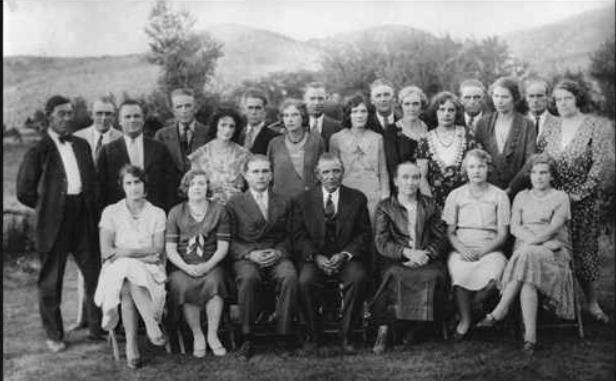
I was always drawn to people that were a bit different than me or underdogs Anyone at a disadvantage, whether in general or in a particular situation, can be called an underdog. My curiosity led me to search out people of various races and interests. In junior high school, I had two friends who could not hear. I loved watching them sign to each other and tried to learn some sign language from them. In high school, I had a friend from Hawaii. She taught me how to do the hula and exuded “aloha”. I have fond memories of all of my friends from divergent places with unique cultures and traditions.
When I first met my husband, he was at a dance with many of his cousins. They were so happy and talking and laughing. I tapped him on the shoulder and asked him where he was from. He told me, “Tonga”. I asked him where that was and he told me it was close to Hawaii. I did not know anything about Tonga at that time. I can truthfully say that I had no negative feelings towards any race or person. I know that my life has been enriched by knowing all of these people, especially my husband and his family. They are so loving and giving. They are very respectful and supportive of my husband and me in every way.
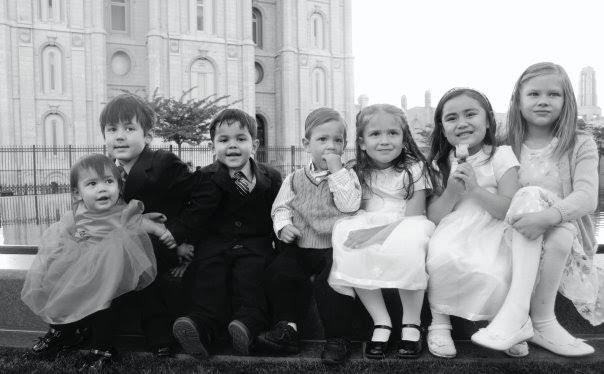
Interestingly, my husband’s ancestors come from different places. His maternal grandfather, James Herbert Brown was born in New Zealand, the son of Thomas William Brown from Scotland. He married Ema Lu’isa Manu Tupou who was a descendent of Tongan royalty. ‘Isileli Tupou’s great grandfather George William White was from England.
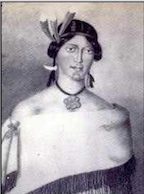
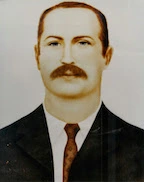
His great grandmother is the daughter of a Maori Princess Nina Ringaono from the Bay of Plenty. His paternal grandparents, Sione ‘Aholelei Kongaika and Mele Pasi were from Tonga. Sione was an ocean navigator. So, my husband is part Scottish, part Maori, part English, part Tongan, part Dutch, and part German. They were a traveling family and some of them lived in Indonesia, Sri Lanka, and India. What an amazing heritage!
When the recent “peaceful protests” in Salt Lake City, Utah turned into riots and chaos, it hurt to know that Utah was not the refuge it once was. I cried for my children and grandchildren and also for the memory of my ancestors who came so far to live here. Why does racism exist in America, in Utah, and even in families?
Since I am married to a man of divergent races, my children and grandchildren are hafakasi (mixed). Being mixed isn’t easy. You are too light to be fully accepted by the darker-skinned family and
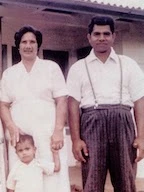
too dark to be accepted by the lighter-skinned family. It’s hard to come to terms with oneself when everyone’s pointing out your mixed features and even more so when they keep referring to you as hafakasi. It makes you feel as if you’re not whole.
I know my children have experienced some prejudice in Utah. When we lived in Polynesia, there were so many races that they all accepted one another. I remember only one racist experience when I was accused of stealing land. https://hubpages.com/politics/Blatant-Racism-in-the-Parking-Lot After a bit of research, I understood where she was coming from. https://hubpages.com/politics/Annexation-of-The-Hawaiian-Islands
Our own family lived in Tonga for 13 years, American Samoa for two years, and Hawaii for 21 years. After we retired, we came to my home state of Utah. Our children live here or in Arizona. Sometimes, I would like to wrap up all of our family and take them back to where they felt accepted and at ease.
I recently saw this post online:
Shout out to all the Afro-nesians, Polynesian-Latinos, and all those who are Afakasi / Hafakasi folks who are not mixed with white.
What!! Prejudice can go both ways. I recently posted on my Facebook that Black Lives Matter. It drew criticism right away and I was shocked to think others were offended by it. I do know that the blacks have a long history of abuse. I know too that all lives matter (including white and mixed) who have sacrificed so much to get where they are today. Some Polynesians were once traded as
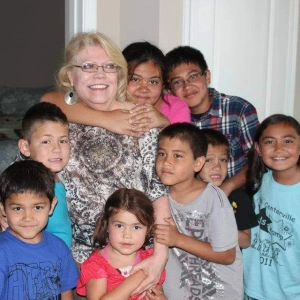
slaves. It was called blackbirding. https://www.noted.co.nz/currently/currently-history/blackbirding-new-zealands-shameful-role-in-the-pacific-islands-slave-trade So many people have experienced injustices throughout history and still do today.
In the world today, we should not shame anyone for being different than us. Each person is precious and important. We should treat each other with love and respect. https://www.ldsliving.com/President-Nelson-Calls-for-Repentance-in-Statement-on-Racism/s/92936?utm_source=ldsliving&utm_medium=email&utm_campaign=popular&utm_content=pop2200603
Interracial marriage in the United States has only been legal in all U.S. states since the 1967 U.S. Supreme Court (Warren Court) decision Loving v. Virginia that deemed “anti-miscegenation” laws unconstitutional.
Not too long ago we could have been arrested for being married. Fortunately, my children are well adjusted and love all people regardless. I am troubled when I watch the news and see the country we love divided because of race. It was never meant to be like this! I am sure our creator didn’t mean for it to be this way. I hope we are learning to be more accepting of others who do not think, talk, or act like us from the current situation.

Evil forces take advantage of racism. Racism is the belief that human traits and capacities are primarily determined by biological race and that some races are superior to others. Will it ever end? We can’t afford for it not to! I believe prejudice and racism is learned and not inborn.

I love the rainbow of races around me. Jesus experienced prejudice from his own people. They crucified him! The humility with which Jesus entered the world, lived and died, provides our model for right living. He loved everyone and was willing to die for all.
If one member suffers, all suffer together with it; if one member is honored, all rejoice together with it. – I Corinthians 12:26

